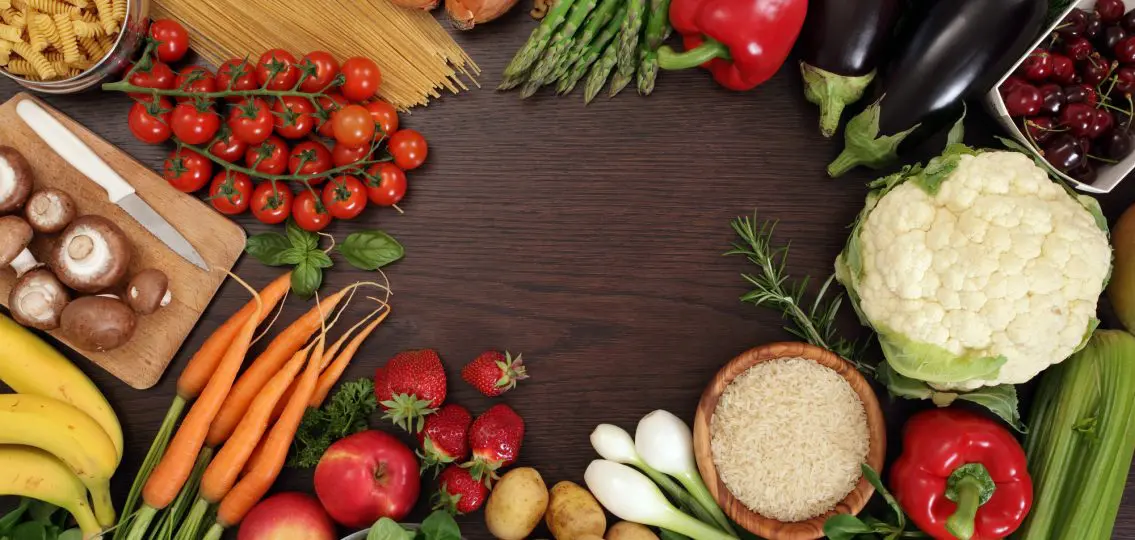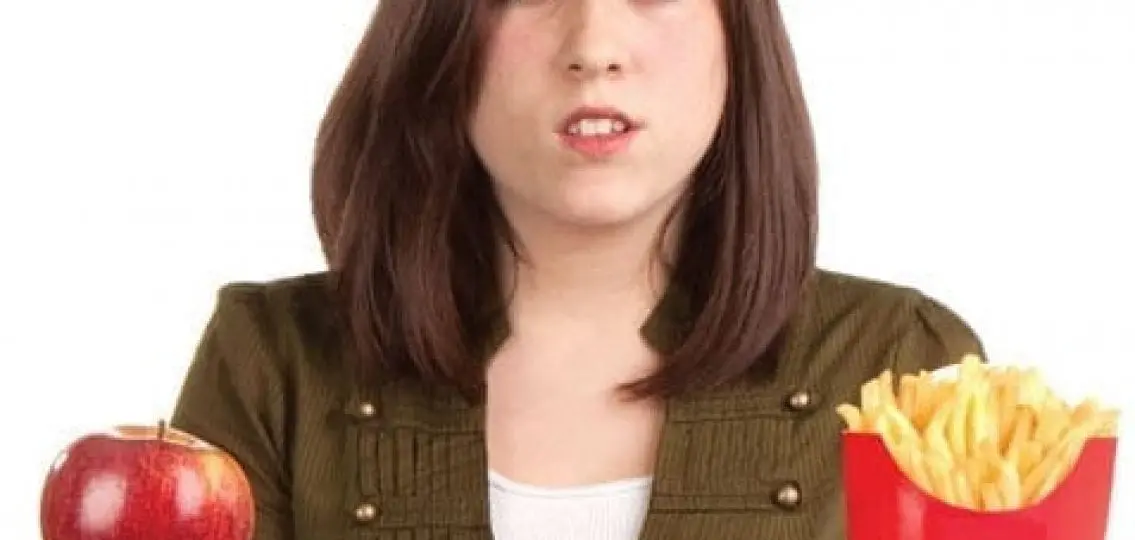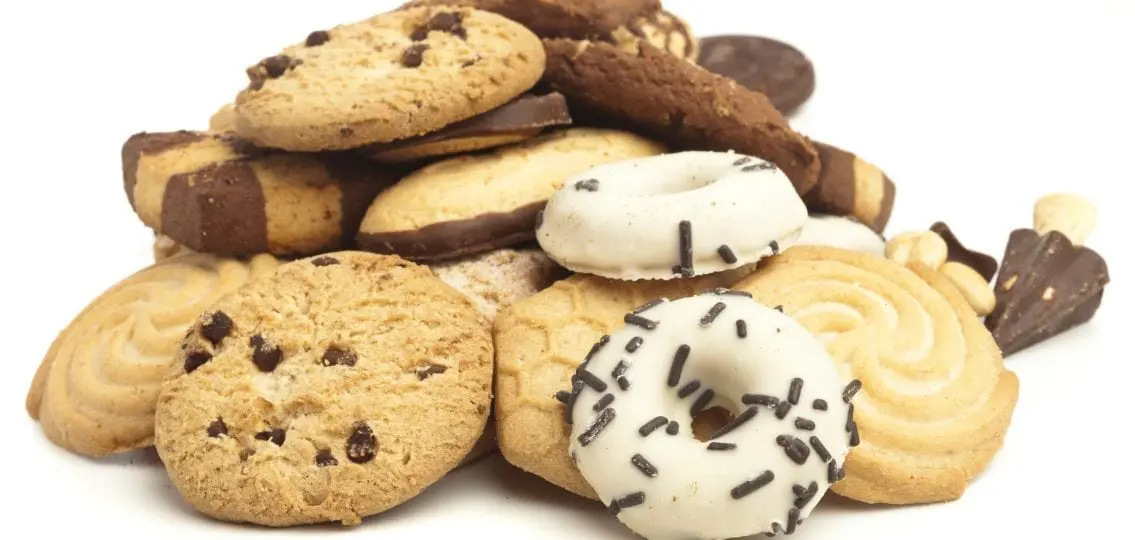Dear Your Teen:
I have a 14-year-old daughter. In general, we eat well in our house, and I think my daughter understands what a healthy diet consists of (fruits, vegetables etc.). That said, she will, without fail, opt for a sugary treat over a healthy snack whenever the opportunity presents itself. Is she eating too much junk food? Do I speak up? Or will modeling healthy food habits win out in the end?

EXPERT | Maryann Jacobsen
Your questions are good ones that many parents of teens are concerned about, especially as we continue to learn more and more about nutrition. There is no one way to get your teens to eat healthy food, but there are some key ideas to consider in your efforts. Two specific ones come to mind.
How to Encourage Healthy Food Habits
1. Consider access
You first want to consider how often treats are available at home. You say that in general your family eats well but does that mean your daughter has access to sugary treats or that they happen rarely?
If these items are scarce that could explain why she chooses them when out and about. If this is the case, talk to her about which type of treat foods she likes and consider allowing her to eat them at home without sabotaging her diet.
2. Promote balance
If you do have reasonable treats at home and she still opts for the sugary treat all the time, you can talk to her about how to balance those options. Instead of doling out advice when the choice is being made (this will feel too controlling), consider discussing it with her at other times or before going to a party.
Find ways to sensibly fit in what I call “fun foods”—sugary treats, fried foods and sweetened beverages. We recommend aiming for a diet that is 90% nutritious and 10% fun foods. That translates to about 1-2 fun foods each day.
At age 14, your daughter is ready to start learning how to balance fun foods herself, something she will need to do in a few years. You can start these conversations about food balance at home but make sure to follow her lead. So when she asks for sweets, and she already had some that day, remind her that, “you already had something sweet today so let’s plan that for tomorrow.”
You can start building on these messages about balancing intake of a variety of foods. Make sure you don’t make fun foods out to be “bad,” but an enjoyable part of eating, consumed less frequently (once or twice per day) than other foods (fruits, vegetables, grains, dairy, protein and healthy fat).

Remember that your child is going through the second major growth spurt (puberty) and that will increase her hunger, food intake and preferences for sweets. The good news is that sweet preferences are likely to decline when growth stops in early adulthood. Good luck!




